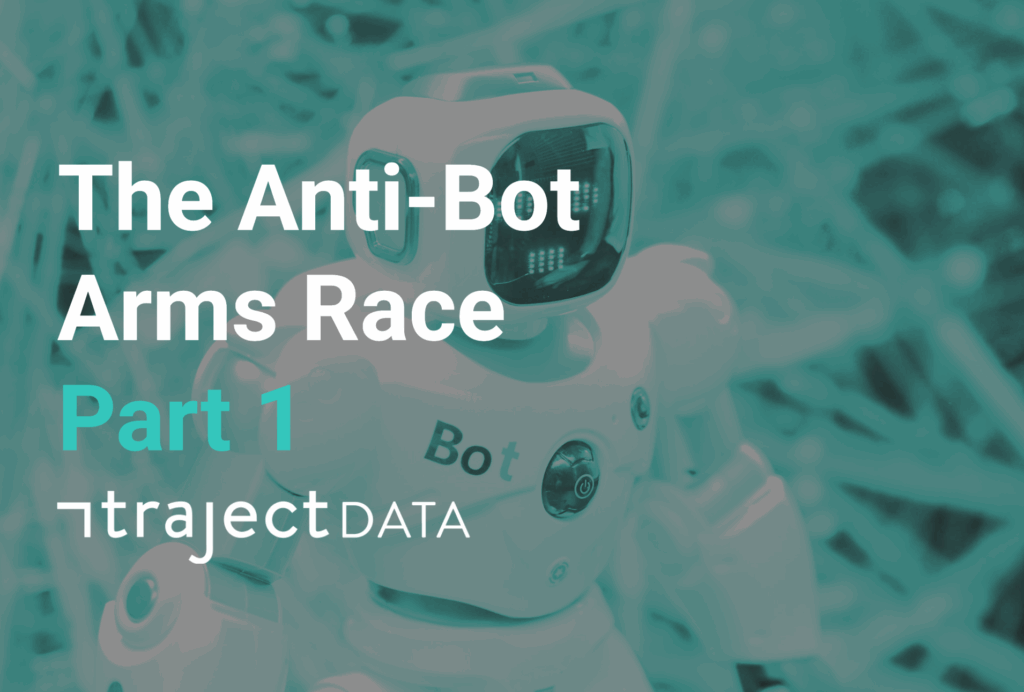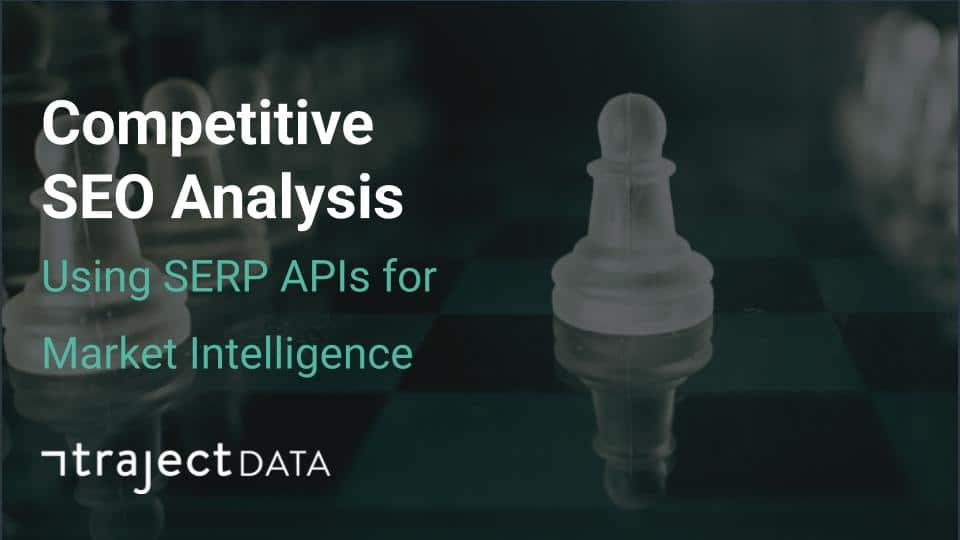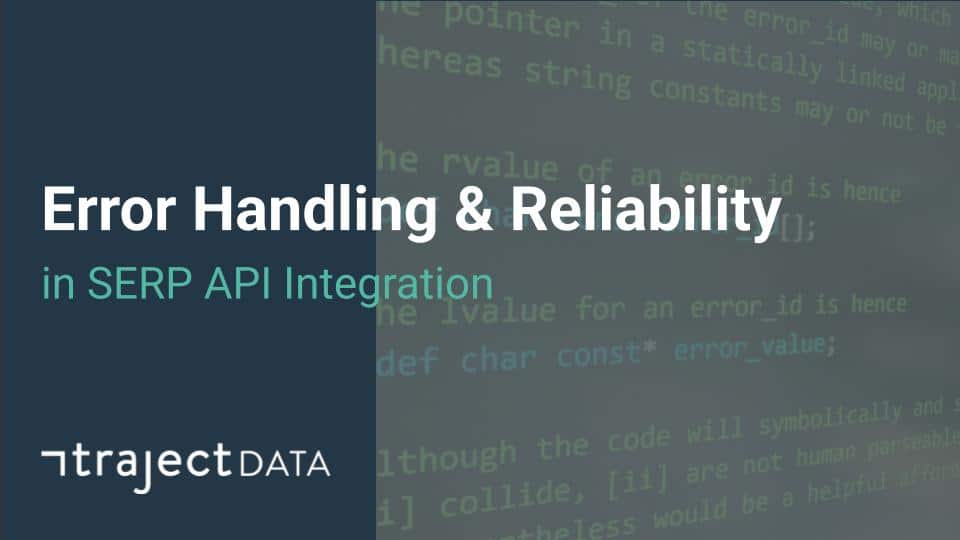Part 1 of 2: Why brand protection teams can’t afford to go it alone anymore
Scraping Ain’t What It Used to Be
If I had a dollar for every customer who thought they could spin up a few scripts and scale overnight, I’d be somewhere sunny, pretending I didn’t even know what a 429 error was.
We’ve seen teams buy scraping vendors thinking they were getting a well-oiled machine. What they got was fragile scripts and burned IPs. Others try to bolt scraping onto their existing roadmap. “We’ll just run it in the background,” they say. But scraping never stays in the background for long.
Now we’re in the age of AI, and everyone thinks they’ve found a shortcut. Just ask a natural language agent to spit out some code and voilà, instant scraper. Sorry to break it to you, but AI recognizes AI. That’s one of the fastest ways to get detected and blocked. Static, auto-generated code isn’t fooling anyone.
If your brand protection work depends on web data, you’re probably keeping tabs on rogue sellers, pricing violations, or fake reviews. And yeah, it’s tempting to build your own setup. Grab a few proxies, fire up a headless browser, toss in some error handling, and call it a day. How hard could it be?
Reality Check: Scraping Is Now Infrastructure
Here’s the reality. Scraping isn’t what it used to be, and in 2025, it’s not something you can just spin up and forget. That’s not because you’ve done anything wrong. It’s because the internet itself got smarter. Web defenses are now built with machine learning, dynamic challenges, and AI-level fingerprinting. Scraping today isn’t a side project or a clever workaround. It’s infrastructure. And if you don’t have people who know exactly what breaks first and why, you’re going to spend more time firefighting than getting data.
At Traject Data, we’ve seen what happens when teams try to patch things together mid-flight. It’s rarely about effort. It’s about keeping up with a moving target. So instead of trying to outsmart every platform update, we work with customers to navigate around the noise, clean, consistent data that actually shows up when and where they need it.
AI Is the New Gatekeeper
Modern anti-bot systems do more than block IPs. They use AI to analyze how you scroll, click, and interact. They evaluate your browser fingerprint, flag anything suspicious, and dynamically escalate defenses. Static tools won’t hack it anymore.
Common detection methods include:
- Behavioral detection: Move too fast or too smooth? You’re out.
- Fingerprinting: Headless browsers are easy prey.
- Dynamic challenges: Rotating CAPTCHAs, JavaScript traps, hidden fields.
Even seasoned in-house teams get blindsided. We’ve seen proxy bans, silent failures, and delayed data tank entire quarters. One customer paused their roadmap for three months to fix their scraping pipeline. That’s not scaling, that’s survival mode.
Unless you’re treating web scraping as a full-time mission, you’re just buying time. And eventually, you’ll run out.
Google’s January 2025 Update: A Turning Point
In January, Google quietly made JavaScript rendering mandatory for accessing search results. If your scrapers still relied on static HTML, they broke, instantly.
“Google is blocking search result scraping, causing global outages at many popular rank tracking tools like Semrush.”
SE Ranking confirmed delays. Semrush downplayed the issue. But SEOs on the ground told a different story:
“Definitely affecting my tools as well — we use a 3rd party data supplier and ALL the major ones were blocked yesterday.”
By March, Semrush reported that AI Overviews, Google’s generative AI answers, were showing up in 13.14% of desktop queries in the U.S., up from 6.49% in January. That’s a massive shift in just two months.
So not only did the gates get harder to bypass, the content behind them started changing faster, too.
Cloudflare Joins the Fight
In July 2025, Cloudflare added fuel to the fire. They started blocking AI crawlers by default and launched a beta pay-per-crawl model, letting sites charge bots for access.
While marketed as AI policy, it affects anyone scraping behind Cloudflare, including ecommerce, review, and marketplace sites. These systems use machine learning, not static rules, so a tiny tweak in their detection logic could silently disable your scrapers overnight.
The teams that survive have invested in:
- Advanced browser session simulation
- Fingerprint spoofing with built-in randomness
- Real-time challenge detection and solving
- Continuous monitoring and fast human response
You’re Scraping Platforms, Not Just Sites
This is the real shift. his isn’t about bypassing one website. It’s about constantly adapting to platform-wide defenses from Google and Cloudflare. When they change the rules, your whole category of traffic can vanish.
In brand protection, missing even a single day of coverage is risky. Fake sellers, bad pricing, counterfeit products, all slip through during downtime.
That’s why scraping can’t be a side hustle anymore.
Part 2, Build vs. Buy in 2025
In part two, we dive into:
- The real cost of DIY scraping: engineering, ops, downtime
- Infrastructure complexity and hidden risk
- Why partners like Traject Data offer scalable, reliable solutions
- What real ROI looks like when you offload the heavy lifting
Read Part 2 here. Or if you’re already trying to hold a fragile pipeline together, talk to us. Let’s skip the wild goose chase and get reliable data.




